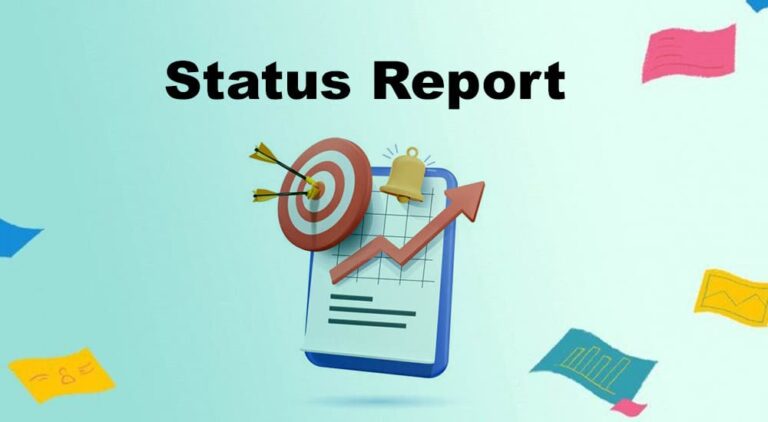Risk management is key to business success. It helps organizations avoid risks and uncertainties and grow in a competitive environment. You need risk management KPIs to measure the effectiveness of your risk-management plan and communicate results to stakeholders.
In today’s article, we discuss the KPIs for risk management, and then we will see 16 key performance indicators for risk management.
Top 16 Risk Management KPIs
The following are 16 commonly used KPIs in risk management:
- Risk Exposure: This KPI measures the total amount of risk exposure within the organization and is often expressed in monetary terms or other quantitative measures.
- Risk Mitigation Effectiveness: This KPI helps you assess how well you have implemented risk-mitigation strategies to reduce the impact or likelihood of identified negative risks.
- Risk Response Time: This KPI evaluates the speed at which your organization identifies and responds to emerging risks.
- Risk Appetite Adherence: This KPI monitors whether the organization operates within its defined risk appetite and tolerance levels.
- Risk Identification Rate: This KPI measures the rate at which new risks are identified and documented within the organization.
- Risk Resolution Time: This KPI measures the time needed to address and resolve identified risks, thereby minimizing project delays and cost overruns associated with unresolved issues.
- Risk Reporting Accuracy: This risk management KPI assesses the accuracy and completeness of risk-reporting mechanisms, thus ensuring that all relevant information is captured and communicated effectively.
- Risk Culture Assessment: This KPI evaluates the organization’s risk culture (e.g., employee awareness, attitudes, and behaviors toward risk management).
- Regulatory Requirement Compliance: This KPI ensures that the organization complies with all relevant laws, regulations, and industry standards related to risk management.
- Risk Management Cost: This KPI measures the expenses of implementing and maintaining risk-management processes and systems.
- Business-Continuity Preparedness: This KPI assesses the organization’s readiness to respond to and recover from disruptive events, thus ensuring business continuity in the face of risks.
- Number of Identified Risks That Occurred: This KPI measures the number of identified risks that occurred during the project lifecycle. This metric helps determine whether your risk-management processes are efficient.
- Number of Identified Risks That Did Not Occur: This KPI measures the number of identified risks that did not occur during the project lifecycle. This metric helps you determine the efficiency of your risk-management process.
- Number of Unidentified Risks That Occurred: This KPI measures the number of unidentified risks that occurred during the project lifecycle. These metrics help you determine the effectiveness of your risk-identification process.
- Percentage of Contingency Reserve Spent: This is an important risk-management key performance indicator that stakeholders will be closely watching. This KPI shows how much contingency reserve has been spent to manage the identified risks.
- Percentage of Management Reserve Spent: This is another important risk-management key performance indicator that stakeholders will be closely watching. This KPI shows how much management reserve has been spent to manage the identified risks.
Importance of KPIs in Risk Management
Risk management is necessary for a business to grow and maintain sustainability. It involves identifying and managing risks early to save the organization from negative events and realize the opportunities.
Risk management KPIs ensure that risk management is effective and provides the desired result. They measure the efficiency of risk management processes, and you can take the necessary actions to improve your risk-management plans, which will further improve your business-process efficiency.
KPIs bring objectivity to risk management and provide you with data to support your risk management efforts. You can show this data to your stakeholders to support your risk-management activities.
Summary
Tracking risk management key performance indicators (KPIs) is important for successful business growth. These indicators help you measure how well risks are identified, assessed, and addressed. By monitoring these KPIs, you can minimize losses, protect your reputation, and ensure continuity in your operations.

I am Mohammad Fahad Usmani, B.E. PMP, PMI-RMP. I have been blogging on project management topics since 2011. To date, thousands of professionals have passed the PMP exam using my resources.






